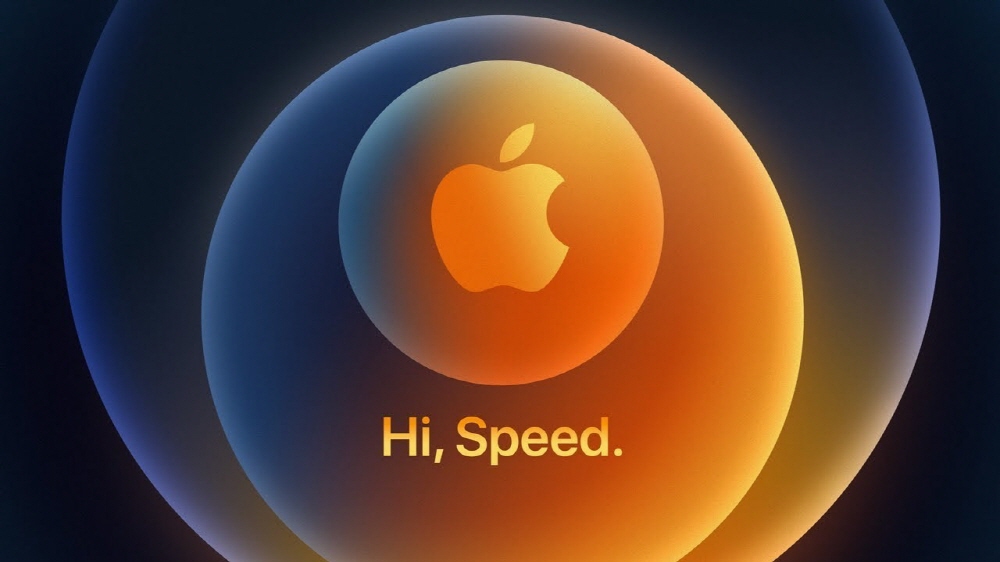
Apple held an online event on October 14th at 2am (Korean time).
First, the HomePod mini adopts a rounded, spherical design and has a seamless shape with mesh fabric. You can adjust the volume or call the voice assistant Siri using the touch of the top backlight.
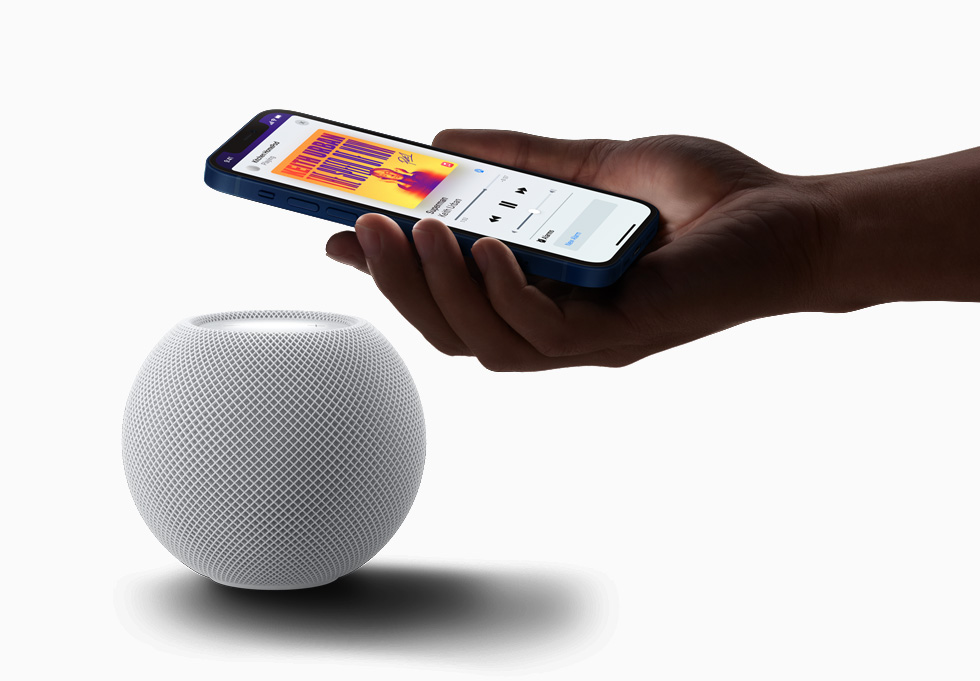
It supports 360-degree sound and optimizes complex tuning models by analyzing music characteristics through the Apple S5 chip and software Computational Audio. To ensure sound quality, such as producing a proper bass even in a small speaker through signal calculation. The technologies installed in this product include articulation and treble correction, and dynamic range correction at low volume. By linking the Apple S5 chip and its own software, it analyzes and corrects the characteristics tailored to the music being played in real time. The sound emission pattern is omni-directional, that is, a 360-degree directional type, and consists of a low-pitched sound unit that emits sound on the top, a diffusion plate and a medium-high sound mounted on the side.

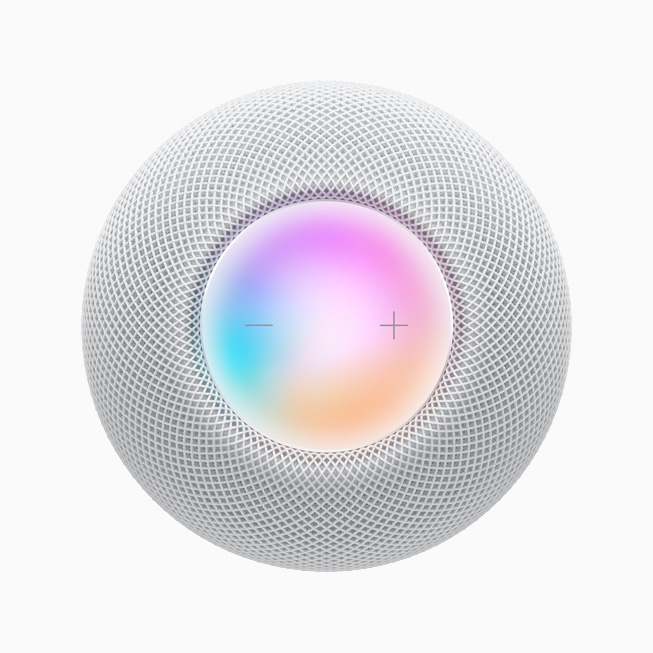
You can also sync multiple HomePod minis. It is possible to intelligently use it as a stereo device by leaving two units in the same space. The eye-catching thing is the iPhone integration. If you close the iPhone, it will be connected. To provide a handoff experience for iPhone users. It recognizes nearby iPhones and can use them as if the device was physically connected. When it comes to listening to music, services like Amazon and Pandora will also be supported in the coming months.
As mentioned earlier, the HomePod Mini supports Siri, a voice assistant, and has added a new intercom function in addition to temperature control, lighting control, and security in HomeKit. Intercom messages will also be notified on the iPhone. Available in white and space gray, the price is $99. Reservations start on November 6th and launch on the 16th.
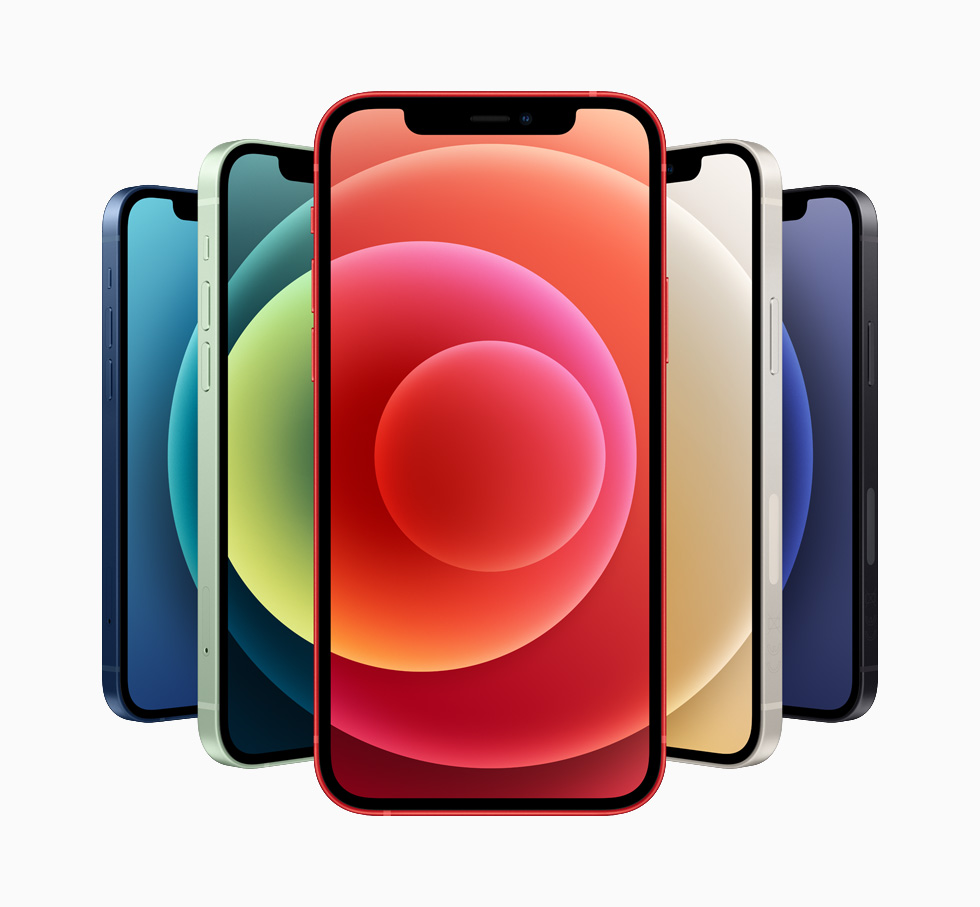
The iPhone 12 is Apple’s first 5G smartphone. First, it adopts an OLED Super Retina XDR display, which has a screen density of 460ppi, which is 11 times higher than before, and the HDR luminance is doubled with a maximum of 1,200nit. It supports Dolby Vision, HLG, and HDR 10. It is explained that it is stronger than any smartphone glass by adding a new material called ceramic shield. The drop test showed 4 times higher strength than before.
IPhone 12 supports 5G connection and also has a smart data mode that automatically switches to LTE when high-speed environments are not needed.
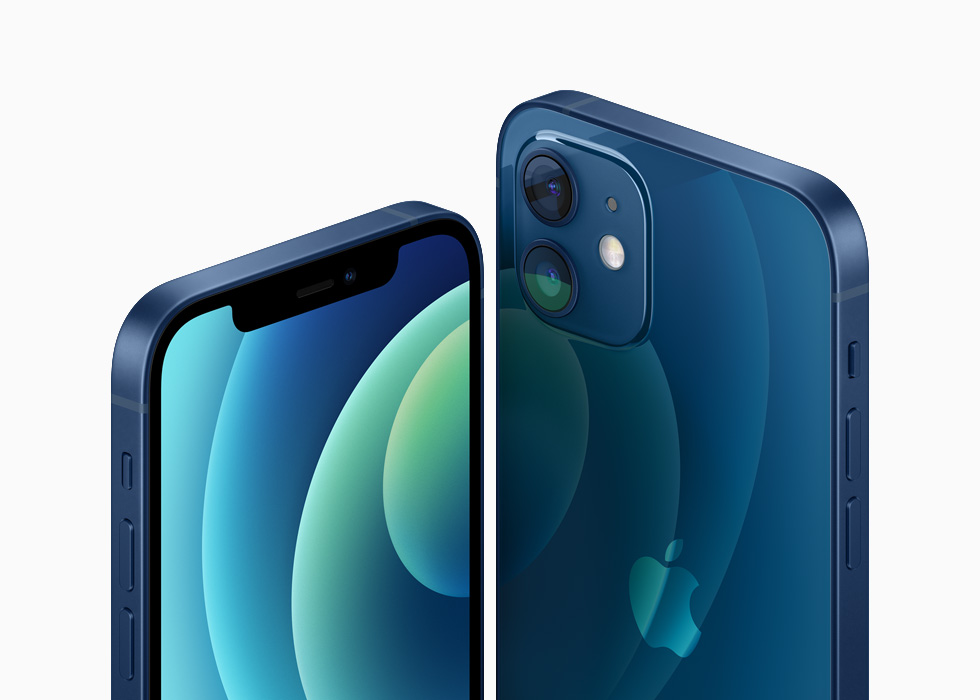
The chipset topped with A14 Bionic. By integrating 11.8 billion transistors, the speed of the 6-core CPU has increased by 50%. It explains that it is equipped with a 4-core GPU, which is 50% faster than competitors. In addition, to overcome the limitations of machine learning processing, the number of cores has been increased from 8 to 16, and important machine learning models can be computed 11 trillion times per second.
The camera has a dual configuration. The lens configuration consists of 7 elements and is a combination of ultra-wide angle and wide angle. It explains that the shooting performance in the dark has improved by 27%. You can also use smart HDR3 machine learning to adjust the brightness. It also has night mode, so you can take night mode selfies with the front camera. As for the video, night mode time lapse is also possible.
The wireless charging function has also been improved to support Magsafe. It provides wireless charging using a magnet, and the charging speed is 15W. Thanks to this structure, things like accessories stick to the rear panel with magnets. The iPhone 12 comes with a USB Type-C cable.
The iPhone 12 mini, which was announced together, has the same performance as the iPhone 12. It is possible to shoot 4k, 60 frames on a 5.4 inch screen, and IP68 waterproof performance is also included. Prices start at $799 for the iPhone 12 and $699 for the iPhone 12 Mini.
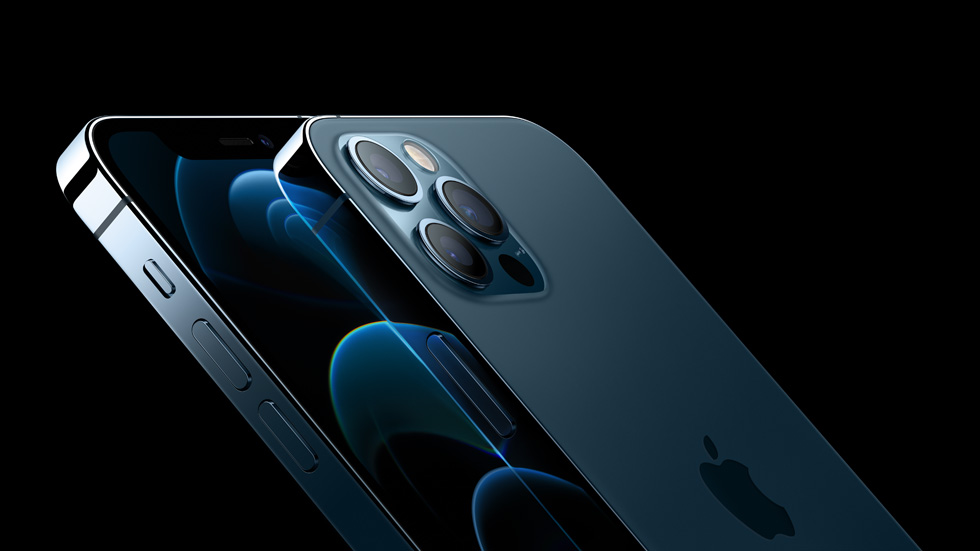
Next, iPhone 12 Pro is divided into two models: Pro 6.1-inch and Pro Max 6.7-inch. The back of the stainless steel body is treated with glass on the back and supports IP68 water resistance.
Like the iPhone 12, this product supports MaxSafe and adopts a Super Retina XDR display. The resolution is 2778×1284, the brightness is 1,200nit, and the screen density is 458ppi.
The camera has a triple configuration of ultra wide angle, wide angle and telephoto angle. On the front, a TrueDepth camera was attached. The telephoto camera supports a focal length of 65mm, and the f/1.6 wide-angle aperture camera greatly enhances the ability to shoot in dark places. It also compensates for camera shake with a sensor shift system.

In the case of video, it supports HDR shooting, and in addition to Dolby Vision HDR shooting support, it can shoot 4K 60 frames. In addition, it is equipped with a lidar scanner to scan a room or object and enjoy it in augmented reality, and the lidar sensor captures the subject clearly. It is also 5 times faster in focus in dark places.
The iPhone 12 Pro series has a minimum storage space of 128GB. Prices start at $999 for the iPhone 12 Pro and $1,099 for the Pro Max. Reservations and release dates in the US are scheduled for the iPhone 12 starting on the 16th and released on the 23rd. Both the iPhone 12 Pro and Pro Max will start reservations on November 16th, and releases will be October 23rd Pro and November 13th Pro Max. Related information can be found here .

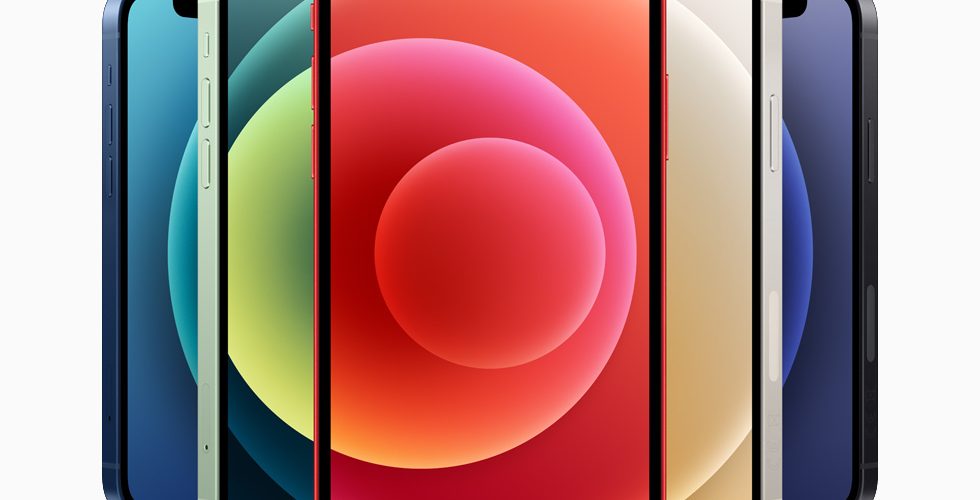
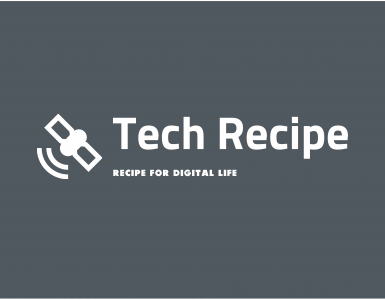

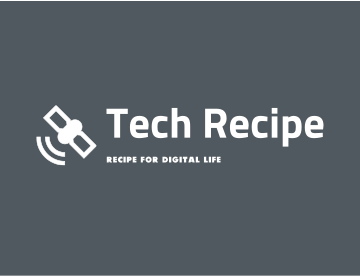













Add comment